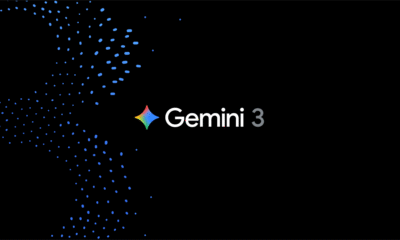Cryptocurrency
Digital currency explained: India catches up with global fad
Crypto or digital currencies are the latest fad across the world and India will next fiscal, beginning April 1, have its own version of the same which essentially would mirror the prevalent physical currency in digital form.
The currency, called ‘digital rupee’, will be issued by the Reserve Bank in digital form and will be fungible with physical currency. The exact regulation governing this Central Bank Digital Currency (CBDC) is yet to be finalised. CBDC is a digital or virtual currency but it is not comparable to the private virtual currencies or cryptocurrency that have mushroomed over the last decade. Private virtual currencies do not represent any person’s debt or liabilities as there is no issuer. They are not money and certainly not currency.
Also read: Budget lacks any serious measures to boost revenue: Moody’s
The RBI has been vehemently opposing private cryptocurrencies as they could have implications on national security and financial stability. According to a recent speech by RBI Deputy Governor T Rabi Sankar: “CBDC is the same as currency issued by a central bank but takes a different form than paper (or polymer). It is sovereign currency in an electronic form and it would appear as liability (currency in circulation) on a central bank’s balance sheet. The underlying technology, form and use of a CBDC can be moulded for specific requirements. CBDCs should be exchangeable at par with cash.”
In her Budget speech, Finance Minister Nirmala Sitharaman said that introduction of CBDC will give a big boost to digital economy. “Digital currency will also lead to a more efficient and cheaper currency management system. It is, therefore, proposed to introduce digital rupee, using blockchain and other technologies, to be issued by the Reserve Bank of India starting 2022-23,” she said. A blockchain is basically a digital ledger that records transactions that can be tracked
Sankar, giving reasons for CBDC, had said that while such a currency has become “near universal now”, very few countries have reached even the pilot stage of launching their CBDCs. According to a survey, central banks, faced with dwindling usage of paper currency, seek to popularise a more acceptable electronic form of currency (like Sweden). Also jurisdictions with significant physical cash usage seek to make issuance more efficient (like Denmark, Germany, or Japan or even the US). According to Sankar, central banks need to come out with digital currencies to meet the need of public and prevent ny damages arising from use of private virtual currencies.









































